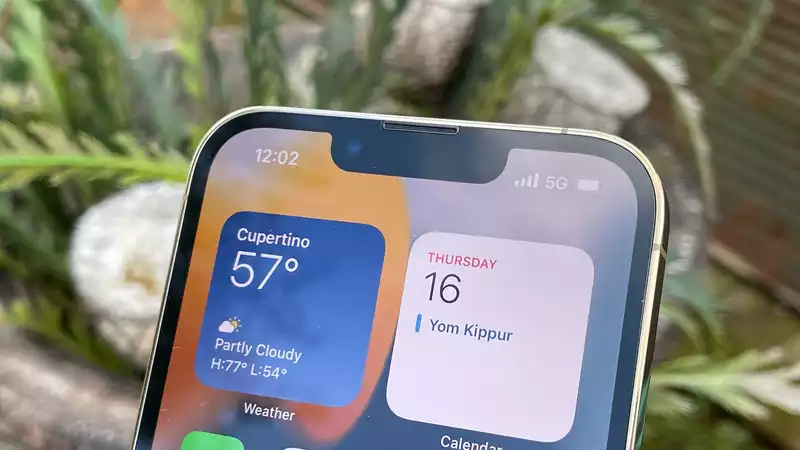Editor's Note (November 17): Based on this easy-to-repair decision, Apple is now making parts and tools available for purchase to repair the iPhone 13 and iPhone 12 yourself.
It took only a few days after the release of the iPhone 13 to discover that replacing the phone's screen at home or at a repair store would disable Face ID. Now, after much backlash, Apple seems to have turned a corner.
As confirmed by The Verge, Apple has said that third-party screen replacements, including replacements outside of Apple's authorized repair stores, will not disable Face ID. Apple plans to fix this in a software update. The company has not given a date for when this update will be released.
Replacing the screen does not break Face ID. Rather, repair technicians learned that they also need to export a small microcontroller from the original screen to the replacement screen. However, this is a difficult task. This is not a problem because Apple's authorized repair stores have special software that allows them to accept the new screen on the iPhone 13.
Micro-soldering the screen's integrated circuitry from the old screen to the replacement screen is not impossible, but it is a major hassle. The chip rests on a solder ball, and removing it takes a great deal of patience and time. iCorrect, a YouTube channel, demonstrates the process, but it is not for the iPhone repair novice. iFixit also has an article documenting the replacement process.
The reason this decision has drawn great ire among owners and repair advocates is that it is a burdensome blockade for independent repair stores, repair stores that may rely heavily on screen replacements.
In addition, repair rights advocates saw this as a malicious move by Apple to siphon off potential revenue from independent repair stores and encourage customers to instead bring their devices to an Apple store for more expensive repairs. Or they would opt to pay for Apple Care.
At least with the iPhone 13, having an option other than Apple's network of stores is a good thing.










Comments